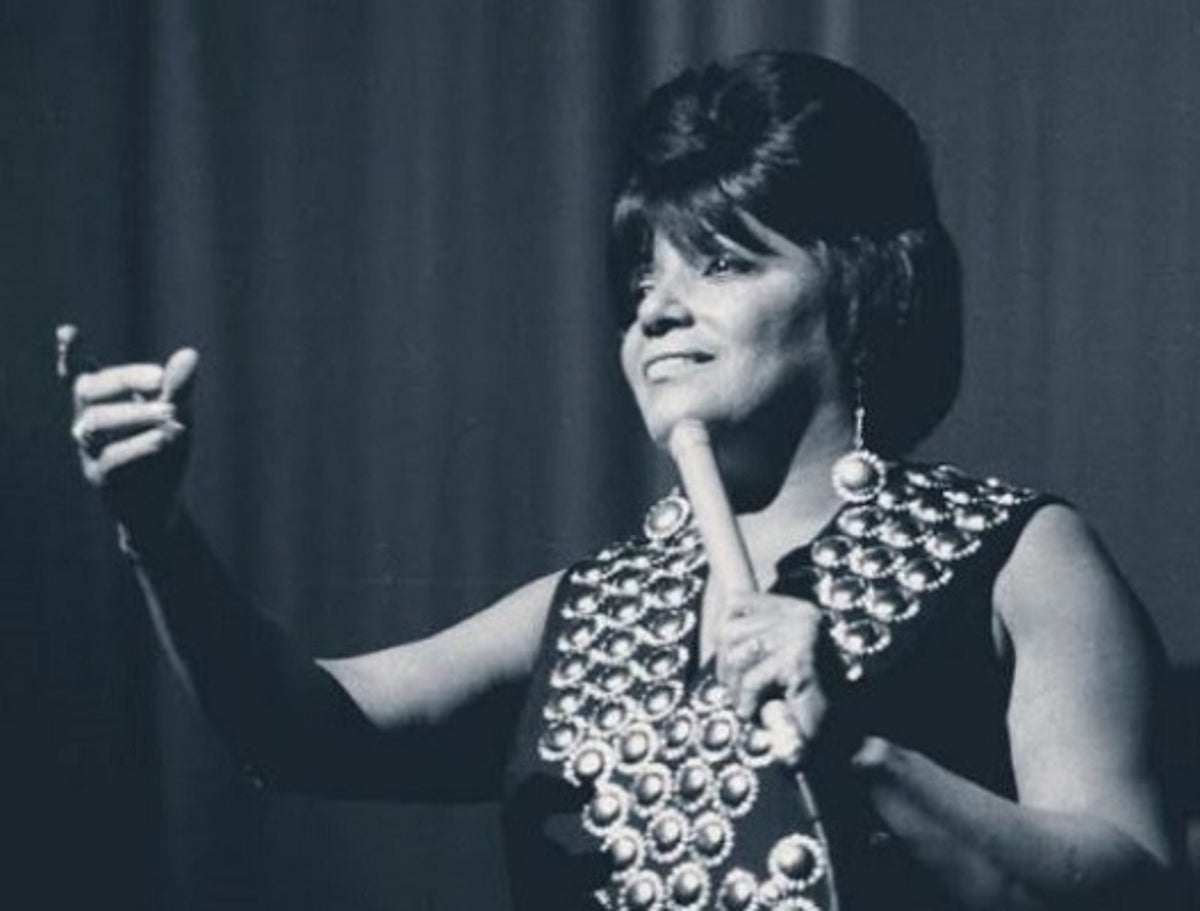The second edition of bohemia mine filin festival it will take place in Havana from June 21 to 23 next.
Created and chaired by the singer and composer Osdalgia Lesmes, the festival is dedicated to two fundamental pillars of the filin movement: the singer-songwriters José Antonio Méndez (1927-1989) and César Portillo de la Luz (1922-2013), respectively,
In addition, this second edition will also extend its tributes to the guitarist and composer Ángel Díaz (1921-2009); the conductor and arranger Aida Diestro (1924-1973); the notable interpreter Elena Burke (1928-2002) and the beloved singer-songwriter Pablo Milanés (1943-2022).
bohemia mine filin festival It is promoted by the general direction of ARTEX, under the auspices of the Provincial Directorate of Culture of Havana, the Cuban Institute of Music and the Ministry of Culture, among other cultural organizations and institutions.
For three days ARTEX cultural centers such as BuleBar 66, Arte Habana and Entre Dos/ El Terrason, located on the populous Bulevar de San Rafael in Centro Habana, will be venues for the meeting.
These sites are located in what Osdalgia herself called the “filin route”, including the “El Monseigneur” bar-restaurant, the place preferred by the legendary Bola de Nieve for his downloads.
Paying tribute to filin, a Cuban musical genre. On the afternoon of this Thursday, at the Abelardo Estorino theater, the second edition of the Bohemia Mía Filin Festival was presented to the press, which will take place in Havana on June 21, 22, and 23. pic.twitter.com/B5atbngDIE
— Artex Artistic and Literary Promotions.Cuba (@Artex_artecuba) June 2, 2023
As the singer herself announced at a press conference, the program of activities includes theoretical sessions, book presentations, concerts, and downloads by filin cultivating artists such as Héctor Téllez, Raquel Hernández, Emilia Morales, and Mundito González.
In addition, young singers will also perform, winners of the event’s contest in its first edition, held last year.
Origins of the filin
Emerged at the end of the 1940s, the filin movement brought important harmonic and conceptual changes in the ways of composing, saying, feeling and singing Cuban music.
Regarding the term “filin”, the musicographer Rosa Marquetti points out that it is not clear if it was Ángel Díaz or Luis Yáñez who coined it because, “according to some members of the group later, they all used the title I got feelingthat song by Marie Lou Williams that was repeated over and over again on the collective use record player, to say that some song, some passage, had feeling”.
Among the characteristic elements of the movement, Marquetti lists the “harmonic searches, intimate lyrics that speak of concrete and tangible realities from a valid poetic claim, substantial changes in vocal and performative interpretation and an attitude of permeability to foreign influences such as jazz and its interpreters”.
The filinero boys of the forties and early fifties were essentially workers, employees, teachers, the majority of empirical musical training, who managed to unite musicians, composers, arrangers and singers in their gatherings and endeavors, such as José Antonio Méndez, César Portillo de la Luz, Niño Rivera, Rosendo Ruiz Quevedo, Angel Díaz, Ñico Rojas, Tania Castellanos, Bebo Valdés, Aida Diestro and Elena Burke, among others.
“Some had undeniable communist affiliation, others sympathized with progressive and left-wing tendencies; some of the most significant had been linked to the radio station thousand and tenfrom the Popular Socialist Party (communist) from which, from the outset, they received support and diffusion, not so much because of ideology, but because thousand and ten He unreservedly supported emerging artists and, above all, Afro-descendants”, says the author.
“With successes at a recording and editorial level both in Cuba and in Mexico and certain areas of the Latino community in the United States, the original group gained followers and from the second half of the fifties and the beginning of the sixties works within the filin or influenced by him in the author portfolios of Giraldo Piloto, Alberto Vera (the well-known creative pairing Piloto and Vera), Marta Valdés, Frank Domínguez, Juan Pablo Miranda, Armando Guerrero, Numidia Vaillant, Ela O’Farrill, Pedro Vega, felito Molina, Ernesto Duarte, Urbano Gómez Montiel, Meme Solís, Pablo Milanés and others”, points out Marquetti.





